Classification of washing machines
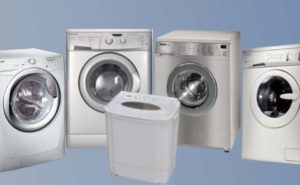 Today, manufacturers produce various models of washing machines that differ from each other in design, size, set of functions, etc. The classification of machines involves grouping them according to one or more characteristics. The division will be multi-level.
Today, manufacturers produce various models of washing machines that differ from each other in design, size, set of functions, etc. The classification of machines involves grouping them according to one or more characteristics. The division will be multi-level.
For example, all machines are intended for either home use or enterprise use. At the same time, both household and industrial washing machines are divided according to the type of installation, maximum load, power, and functionality. Let's try to understand the main classification of washing machines according to the first and second criteria.
First level of classification?
In order to clearly understand by what criteria a multi-level grouping of washers is made, it is necessary to clarify what classification criteria will be used to separate devices into the first level, second, etc. Determining selection criteria is a very subjective process. In the presented classification, all automatic washing equipment is divided at the first level into machines for household and industrial use.
Industrial washing machines are installed in laundries, large enterprises, hotels, and medical institutions. They are designed for daily processing of large amounts of laundry and non-stop operation for several hours. Machines in this group are distinguished by high wear resistance, large permissible load weight, special washing programs, and an extended service life (with timely maintenance - up to 20-30 years).
Household automatic machines must be installed in apartments to serve one family.Unlike industrial ones, such machines usually have a richer set of programs, various options and add-ons. At the same time, “home assistants” are less resistant to wear and tear; their average service life is 7-10 years. They are not designed for long hours of continuous operation or for washing a large mass of things at the same time. The SMA body is partially made of plastic, the same goes for the tank. Industrial equipment is almost entirely made of metal.
Another sign for division into the first level is the type of washing machines. They are divided into activator and drum. Also, the selection criterion may be the degree of automation of the equipment, here they highlight:
- automatic washing machines. Equipped with a main electronic module that controls the system. The unit will not only control the volume of water drawn, start the main wash, give commands for rinsing, spinning, draining waste liquid, but also evaluate the degree of drum loading, detergent dosage, independently calculate the optimal volume of water for washing and other characteristics.
- semi-automatic units. The user is much more often involved in the washing process: he has to independently pour water to the desired level, start the spin cycle at the end of the wash, then drain the used liquid and add new one for rinsing.
Today, automatic machines have practically replaced semi-automatic equipment. Thus, semi-automatic devices are now more often found in production than in everyday life.
Second level
What criteria are suitable for classifying washing machines at the second level? Here we will talk about the permissible load volume, the dimensions of the equipment, and methods of installing devices. Depending on the maximum weight of laundry allowed for one-time washing, machines for home use are divided into three types:
- with a small load of 2 to 3.5 kg. In most cases, such units are purchased specifically for installation on a wall, under a sink, or in a special cabinet. “Babies” allow you to significantly save space, but you won’t be able to wash bulky clothes in them;
- with an average weight of 4.5 to 7 kg. The most popular and running models. All global manufacturers, with the exception of US brands, focus on the production of just such units. The machines are capable of serving a large family and are suitable for washing outerwear, blankets, bed linen, soft toys;
- with a maximum load of over 8 kg. Such equipment can hold up to 14 kg of dry laundry. The machines are distinguished by their high cost, impressive dimensions and are usually purchased by families of 6 or more people.
A similar classification criterion can be applied to industrial machines. Depending on the load, there are machines with a permissible weight from 6.5 to 11 kilograms, from 12 to 36 kg, and more than 36 kilograms. Also, to the second level of grouping, you can apply the division of machines according to the depth of the case.
- Super narrow models have a depth of 33 to 40 cm.
- Narrow equipment takes up 40 to 45 cm of space.
- Standard machines have a depth of more than 45 cm.
According to experts, due to the close arrangement of elements in super-narrow and narrow machines, such models will last much less. However, there is very little practical basis to confirm such thoughts.
Washing equipment can also be grouped according to other characteristics, for example, installation method (free-standing, fully or partially built-in), loading method (frontal or vertical), etc.
Washing machine efficiency
Outside of the generally accepted classification, we can consider a very interesting feature that allows us to group machines according to their degree of efficiency. These indicators will be relevant for both home and industrial washing machines. It is worth paying great attention to the efficiency of washing equipment when choosing and purchasing equipment. We are talking about three main classes:
- energy consumption;
- washing quality;
- spin efficiency.
According to the degree of energy saving, washing machines are divided into 5 main groups. The first lines are occupied by the most profitable models belonging to the classes “A", "A+", "A++", with consumption respectively from 0.17 to 0.19 kW/h, less than 0.17 kW/h, and below 0.15 kW/h. Class “B” includes washing machines that absorb more than 0.19 units of energy, “C” - from 0.23 to 0.27 kilowatts per hour. Higher consumption is practically not found in modern automatic machines.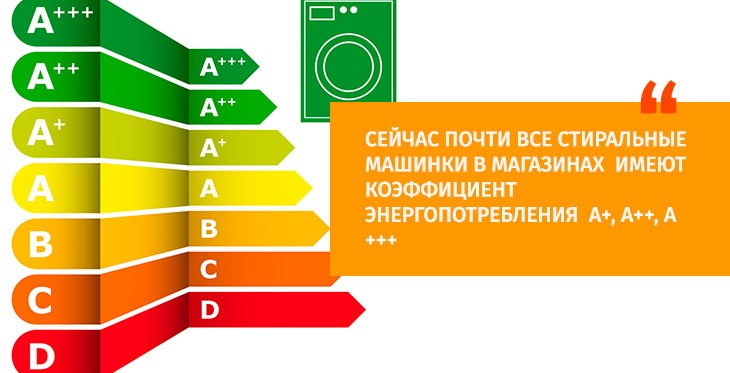
The washing efficiency class is assigned to the machine by the manufacturer after comparison with a certain standard. If the device washes no worse than the standard, it is assigned an “A” class. Next come groups “B”, “C”, “D”, “E”, “F”. Class “G” indicates the lowest quality of cleaning things.
Models are differentiated according to the degree of spin efficiency based on the residual moisture of items spun at maximum drum rotation speed. Class “A” indicates that the laundry is characterized by humidity less than 45%, “B” - from 46 to 54%.The most ineffective class is marked with the letter “E”; in this case, things will be quite wet, with a humidity level of up to 81%.
Classes “F” and “G”, encountered previously, are not assigned to modern automatic machines.
There are many signs for classifying washing machines. The scale of such work is enormous; hundreds of reasons for multi-level grouping of machines can be found. We tried to present the basic criteria by which it is easy to classify equipment. We hope the examples described will help you understand the meaning of classification.
Interesting:
Reader comments
- Share your opinion - leave a comment
Categories
Washing machine repair


For buyers

For users

Dishwasher

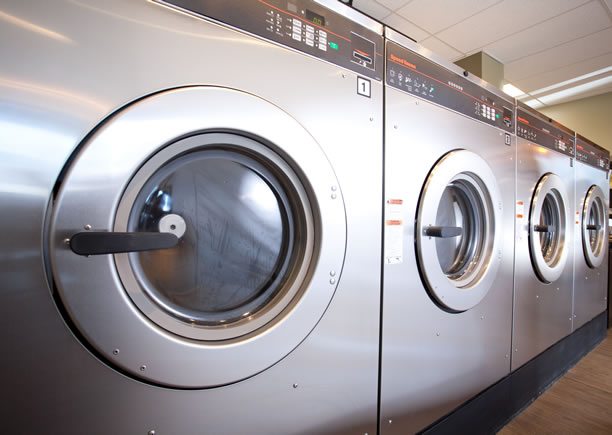



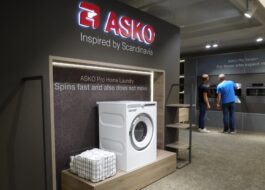
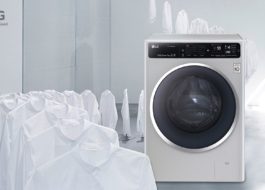










Add a comment